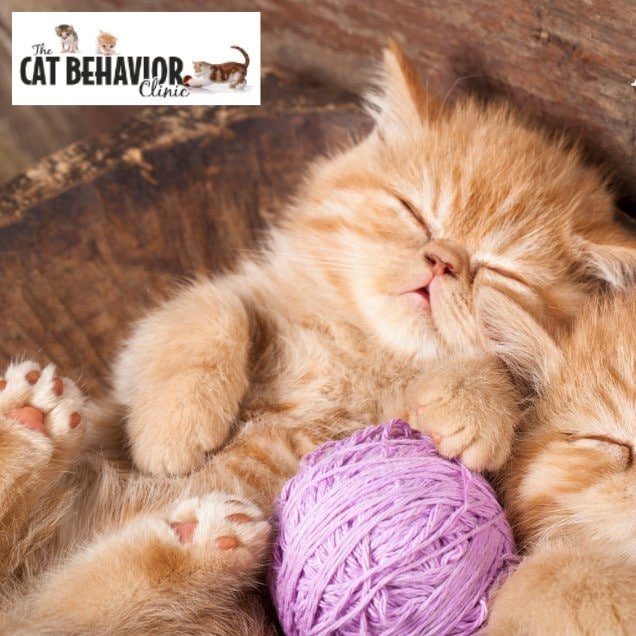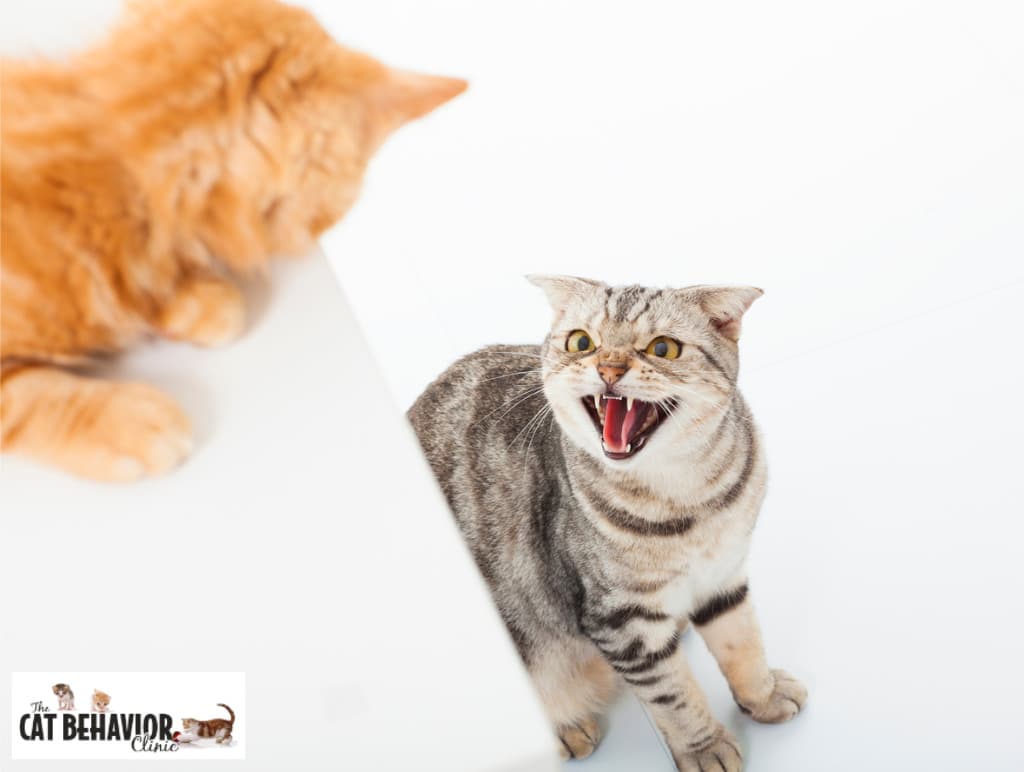How does cat behavior change after surgery?
Table of Contents
Section 1: The Effects of Surgery on Cat Behavior
Section 2: Coping with Post-Surgery Behavior Changes
Introduction
Have you ever wondered why your beloved feline friend’s behavior changes after surgery? In the world of pet ownership, it’s not uncommon for our furry companions to undergo various medical procedures. These surgeries could range from routine spaying and neutering to more complex operations, and they often result in behavioral changes in cats. With more than 25 years of experience helping cats with behavioral issues behind me, let’s dive into the fascinating world of cat behavior after surgery. We’ll explore why cat behavior can change and what you can do to help your cat through the challenging time.
Section 1: The Effects of Surgery on Cat Behavior
Surgery can be a traumatic experience for cats, and it may affect their behavior. Understanding these behavior changes and providing post-operative care and support is crucial to ensure a smooth transition and optimal recovery for your feline friend. Kitty may experience the following:

- Anxiety and Stress: Surgery often leads to heightened levels of anxiety and stress in cats. The unfamiliar surroundings, strange sounds, and the pain they experience can make them feel uneasy. <See my blog about anxiety in cats>
- Physical Discomfort: Post-surgery, cats may be in pain or discomfort, leading to a change in their typical behavior. This can manifest in different ways, from reduced activity to changes in grooming habits.
- Loss of Appetite: Many cats exhibit a loss of appetite after surgery due to pain or the effects of anesthesia. This can be concerning for pet owners who worry about their cat’s nutritional needs.
- Hiding Behavior: Cats may seek out hiding spots to cope with their discomfort. As pet owners we must give them the space and comfort they need.
- Litter Box Issues: Some cats may experience litter box problems after surgery, which can be frustrating for both cat owners and their feline friends. <See my relevant blog about litter box behavioral issues and this web page>
Surgery can take a toll on a cat’s behavior, causing anxiety, discomfort, loss of appetite, hiding, and litter box issues. Recognizing these changes is the first step in helping your cat recover more smoothly.
Section 2: Coping with Post-Surgery Behavior Changes
As a cat owner, you play a vital role in helping your pet adapt to post-surgery behavioral changes. I recommend you do the following:
- Provide a Comfortable Recovery Space: Creating a calm, quiet space for your cat to recover is essential. This can include a cozy bed, fresh water, and easy access to the litter box.
- Monitor Pain Levels: Pay attention to your cat’s pain levels. If it appears to be in discomfort, consult with your veterinarian for appropriate pain management strategies.
- Maintain a Routine: Cats thrive on routine, and maintaining their daily schedule as much as possible can help reduce anxiety. Feeding times, play sessions, and cuddle time should remain consistent.
- Gentle Interaction: Be mindful of how you interact with your cat. Gentle and comforting actions can help soothe their nerves during this challenging time.
- Consult with the Veterinarian: If your cat’s behavior changes are severe or persistent, consult with your veterinarian for guidance and to rule out any complications from surgery.
Cat owners can play a significant role in helping their feline friends cope with post-surgery behavior changes by providing a comfortable environment, monitoring pain levels, maintaining a routine, offering gentle interactions, and seeking professional advice when needed.
Section 3: Duration of Changes and Recovery Recommendations
Post-surgery behavior changes are typically temporary, and with the right care, your cat can more than likely recover and return to its usual self. Providing love and comfort during the recovery period can have a significant impact on your cat’s mental and emotional well-being, helping them adapt to any lasting changes. I recommend the following during the recovery process:

- Patience and Understanding: Be patient and understanding as your cat recovers. Each cat is unique, and their timeline for returning to normal behavior may vary.
- Mental Stimulation: Enriching your cat’s environment with toys, puzzles, and interactive activities can help them regain their mental and physical well-being.
- Socialization: Gradually reintroduce your cat to social interactions, whether with other pets or people. This can help them rebuild their confidence and sociability.
- Celebrate Milestones: Recognize and celebrate small achievements in your cat’s recovery journey to motivate them and provide positive reinforcement.
- Reintroduction to Other Pets: If you have other pets at home, reintroducing your cat after surgery may require caution and gradual acclimation to prevent conflicts.
- Veterinary Check-ups: Regular follow-up appointments with your veterinarian are essential to monitor your cat’s progress and address any concerns or complications that may arise.
- Consult a Behaviorist: If post-surgery behavior issues persist, consider consulting a professional animal behaviorist such as myself for specialized guidance in addressing specific challenges.
In conclusion, the journey to your cat’s full recovery after surgery is not only possible but also manageable with the right approach and care. While post-surgery behavior changes may be unsettling, remember that they are typically temporary. With the right combination of love, patience, and expert support, your cat will not only recover physically but also mentally and emotionally, ensuring they continue to enjoy a happy and fulfilling life.
Conclusion
Surgery can have a significant impact on a cat’s behavior, causing anxiety, discomfort, appetite changes, hiding, and litter box issues. Understanding and addressing these changes are essential for a smooth recovery. Cats are resilient creatures, and with your support and patience, they can bounce back from post-surgery behavioral changes. Remember that each cat is unique, and the recovery process may vary. Keep a watchful eye on your feline friend, offer love and comfort, and, in time, kitty will be back to itself.


